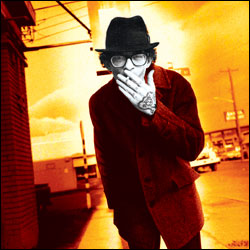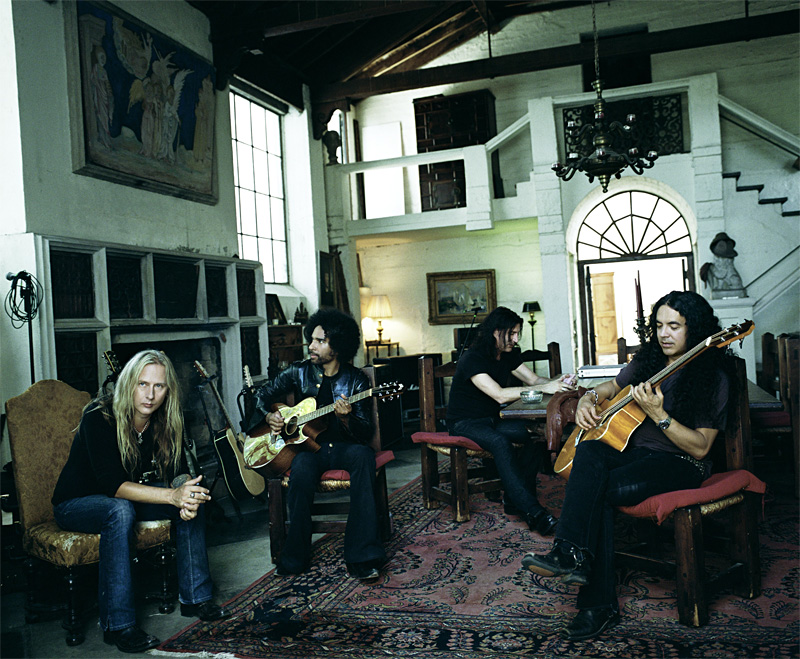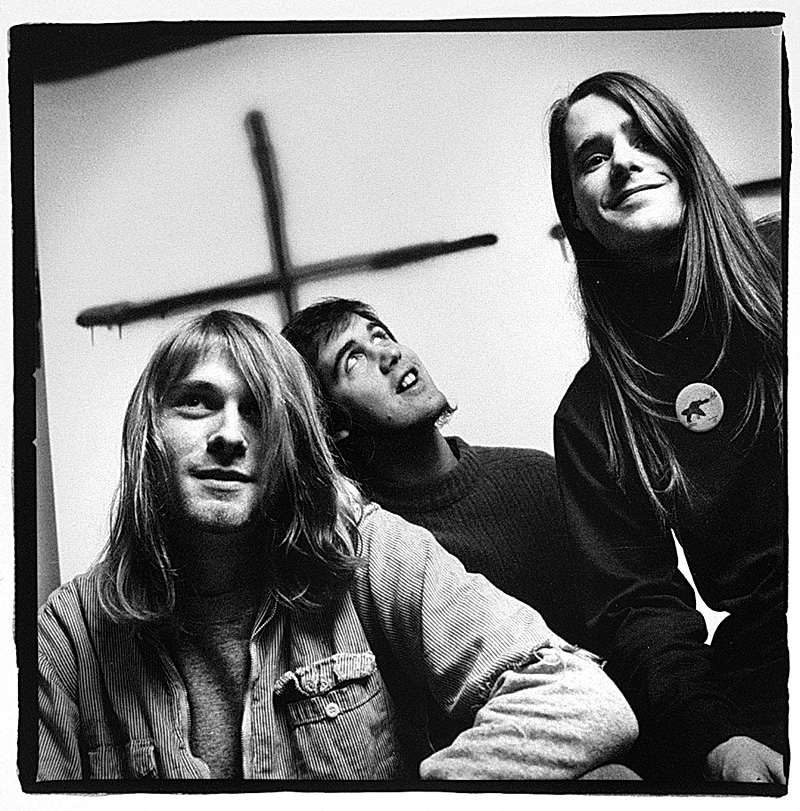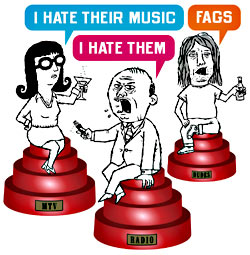It was, remembers longtime Seattle promoter Larry Reid, “the best performance Jesse Bernstein ever gave, bar none.” It was Aug. 9, 1987, the final show by abrasive Chicago band Big Black, held at the Georgetown Steamplant, and Bernstein was the opening act. At one point during the spoken-word artist’s performance, a member of the audiencewhich that night included Kurt Cobain, Mark Arm, and Sub Pop Records founder Bruce Pavittyelled out, “‘We want music!’ And Bernstein stopped his performance,” Reid recalls, “and said, ‘This is music, asshole!’ in that trademark growl. The show was being recorded, so Big Black sampled that line and played it on a loop throughout their entire set!”
It was a quintessential Bernstein momentconfrontational, but with a strong dose of humorand, in Reid’s mind, “the beginning, in many respects, of the Seattle music scene as we’ve come to know it.” Within a few years, a number of those at the show would find fame on a then-unimaginable scale; even Big Black guitarist Steve Albini would resurface as the producer of Nirvana’s 1993 album In Utero.
But Seattle’s moment in the pop culture spotlight came too late for Steven Jesse Bernstein, who, at age 40, took his own life on Oct. 22, 1991, in Neah Bay. At the time of his death, Bernstein had produced a wealth of material as a writer, musician, and performerplays, recordings, books, filmsbut few outside the Pacific Northwest (besides his hero and champion, William S. Burroughs) were aware of him. The posthumous release of the album Prison in 1992 and the books More Noise Please and I Am Secretly An Important Man (both published in1996) received local acclaim, but Bernstein seemed destined to remain a cult figure, his accomplishments fading with time.
Now, the exhibit “More Noise Please: A Portrait of Poet Steven Jesse Bernstein,” curated by Reid and opening at EMP on Friday, Oct. 10, aims to revive interest in the man dubbed the “godfather of grunge” by England’s Independent magazine. “I want to remind the public that Bernstein was influential in creating the cultural environment that allowed things like Sub Pop and the Seattle sound to really flourish,” Reid explains. The heart of the exhibit pairs original Bernstein manuscriptsincluding a letter Bernstein wrote to Burroughs nine days before his deathcontaining references to “atrocious manifestations,” paranoia, and the statement, “My relationship to gravity is permanently altered”with some of the many great Bernstein portraits by Seattle photographers like Arthur Aubry and Alice Wheeler. Additional artifacts (Bernstein’s typewriter, a prescription pill bottle, posters for his readings by artists like Art Chantry and Lynda Barry) and video footage will help craft a narrative of his creative life and the development of Seattle’s counterculture.
Reid met Bernstein in December 1979, at an opening at Reid’s gallery, Roscoe Louie, when Bernstein asked if he could read something he’d written for the show. “And without a microphone, with no announcement, Bernstein stood in the middle of the gallery and read this short piece,” says Reid. “It was stunning. The crowd was just enraptured by this guy and his words and his presence.” Bernstein quickly established himself as a reader whose highly charged performances dared you not to pay attention; it was not unheard of for him to assault an audience member for laughing inappropriately. “It was disappointing when something crazy didn’t happen,” says Reid. “I saw him pull a knife out at a show. I saw him throw a bottle of Thunderbird at [Reid’s wife] Tracey one time. I don’t think he meant to hit her; he just threw it. I had to pick glass out of her hair.”
Bernstein’s lifelong struggles with various physical and mental ailments, including substance abuse, are mirrored in his work. But that side of him has perhaps received excessive attention. He was clean for much of the ’80s, and people also recall his kindness and generosity. “Jesse was very encouraging to me,” says Wheeler, who was just learning to use “my first nice camera ever” when she started shooting Bernstein one day in 1986. Bernstein, says Wheeler, was “the first person I really took pictures of.”
Wheeler later photographed Bernstein when he opened for William Burroughs in Seattle in 1988, a career high point for the poet. That was also the year Bernstein recorded the taut “Come Out Tonight” for Sub Pop 200. That recording led to Prison, a project originally conceived in the vein of Johnny Cash’s At Folsom Prison album, in which Bernstein performed a set of his songs at the state prison in Monroe, accompanying himself on acoustic guitar. “It was a totally different persona than what people in the punk rock community were familiar with seeing him do,” says Dave Rosencrans, now a curator at EMP, who was then working at KUOW and was tapped by Bruce Pavitt to help record the album. “And it did not take Jesse more than 10 minutes to completely win the prisoners over. It was a classic rock ‘n’ roll moment, in that you watched that barrier between stage and audience dissolve.”
But the recordings didn’t manage to capture the spirit of the show. So instead, producer Steve Fisk took Bernstein’s spoken-word pieces and set them to musical “soundscapes.” By then, Bernstein had fallen back into substance abuse, and only “No No Man (Part One)” was completed before his death. (For more on Prison, see p. 26.)
Of course, it’s tempting to speculate what the future might have held for Bernstein. His work reached its widest audience in 1994, when “No No Man” was featured in Natural Born Killers, by which time the media attention focused on Seattle might have led to other projects. “I can’t help but wonder if Jesse would’ve been the Burroughs of the new generation had he not committed suicide,” says Reid.
But More Noise Please is a testament to what Bernstein did accomplish, not what might have been. “It would be so easy to dismiss Jesse as a crank, as a peddler of the profane, but that’s a pretty shallow reading of things,” says Dave Rosencrans. “Jesse Bernstein is a pivotal and crucial figure in the development of the Seattle music scene at the moment that I think it will forever be the most famous for. So to me, it seems like a great opportunity to tell this person’s story and try to cement it in history.”








